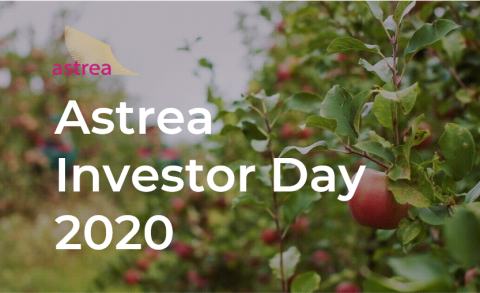It was a year of massive disruption—and private equity emerged unscathed.
Despite the tragic Covid-19 pandemic and its global economic fallout, despite the protests against police brutality and systemic racism and months of social upheaval, despite a bitterly contested US presidential election that ultimately led to an unprecedented mob assault on Capitol Hill, dealmakers kept making deals in 2020, while exits and fund-raising fell in line with robust five-year averages.










